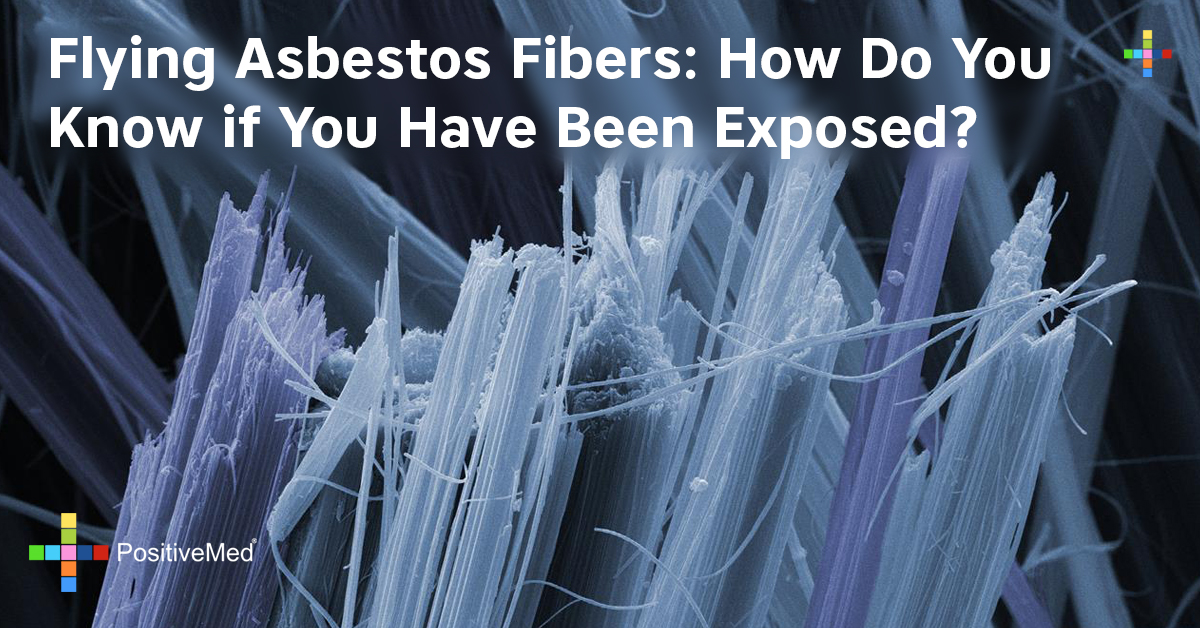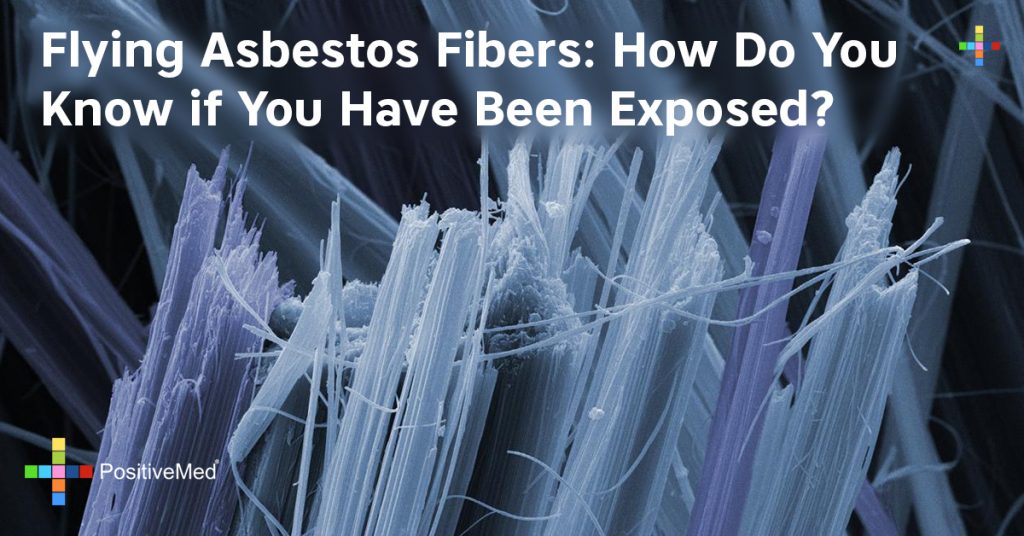Many people worry about possible exposure to asbestos, but most don’t understand exactly what it is. Asbestos is a combination of six kinds of natural minerals that create a thin, yet strong fiber that is heat, chemical, and fire-resistant. Once used in a variety of products, including construction materials, industrial equipment, and fire protection gear, asbestos is not used nearly as much as in the past. In fact, it has not been banned in the U.S., like other countries, but the Environmental Protection Agency (EPA) regulates it strictly to products it has historically been used in where there is no acceptable substitute.

Why Should You Worry About Asbestos?
Although it is common knowledge that asbestos exposure can cause mesothelioma and other lung illnesses, it is hard to detect because it is invisible and has no odor or taste. Disturbing the asbestos fibers causes them to fly into the air, and a person can inhale them unknowingly, but it can take many years to develop signs and symptoms of exposure.
The effects of asbestos are cumulative, so those exposed for a longer time on a regular basis are more at risk. Some people can be exposed, but never develop symptoms or health problems. There is still much to learn about asbestos and the illnesses it brings.
Exposure to asbestos can cause the following health problems:
• Mesothelioma
• Asbestosis
• Asbestos-Related Lung Cancer
• Pleural Plaques
• Pleural Thickening
Who is Most at Risk for Asbestos Exposure?
Anyone who lives or works in a building that has asbestos in it that gets disturbed is risking exposure, but those who work with construction and industrial materials on a daily basis are at a higher risk. Many industries have used asbestos, mostly between the 1950’s and the 1970’s, especially in building maintenance and construction, shipyards, mining, and manufacturing. Workers in the following industries and locations are at the highest risk:
• Shipyard and demolition site workers
• Construction workers and engineers
• Surveyors and architects
• Maintenance workers
• Electricians, plumbers, roofers, and carpenters
• Joiners, decorators, plasterers and painters
• Gas, electricity, fire and burglar alarm installers
• Gas, electricity, fire and burglar alarm installers
• Power plant or chemical plant workers
• Industrial, mine and factory workers
• HVAC workers
• Telecommunication and cable workers
• Anyone living, working or studying in a building with asbestos that is being renovated or repaired
• People who live with someone who is being regularly exposed to asbestos
You can find asbestos in the following common everyday items:
• Roofing liners
• Asbestos cement products
• Floor tiles, composites, and textiles
• Spray coatings for walls, ceilings, beams and columns
• Rope gaskets and seals
• Insulating boards
• Ceiling tiles and wall panels
• Boiler and electrical insulation
• Spray-on fireproofing
• Wallboard joint compound
• Asbestos paper and millboard
Things You Can Do If You Suspect Asbestos Exposure
Exposure to asbestos isn’t an automatic death sentence. Risks increase with the regularity and length of exposure, but even people who have been exposed long-term may not develop health problems. Here are some symptoms to watch for if you suspect exposure to asbestos:
• Breathlessness
• Coughing up blood
• Chronic cough
• Wheezing
• Swollen fingertips
• Swelling and pain in your face, neck, lower back or chest
• Unexplained weight loss
If you think you have been exposed, here’s what you can do:
• Tell your doctor about it and remind them at your annual checkups, too.
• Request regular pulmonary checkups, function tests, and monitoring.
• Request regular pulmonary checkups, function tests, and monitoring.
• Know the symptoms of mesothelioma and other asbestos-related lung problems.
• If you smoke, quit, because your lungs could experience some cumulative carcinogenic effects from combining asbestos exposure and tobacco and asbestos.
• Get help after asbestos exposure by contacting a legal professional who is experienced in helping people like yourself.
Asbestos in the Home
According to the EPA, if you think your home might contain asbestos, leave it alone until you can have a lab test conducted. In general, products containing asbestos that are still in good condition don’t pose a risk unless you damage or disturb them, causing asbestos fibers to enter the air where you can ingest or inhale them.
Don’t begin a home renovation project until you are sure it has no asbestos. You can’t tell if a product contains asbestos unless they label it clearly or with a lab test. If you suspect asbestos, hire a professional to gather samples and test to confirm the presence of asbestos. Once confirmed follow the proper abatement procedures to ensure everyone’s safety.
If there are asbestos materials in your home, be sure to check regularly for signs of wear or damage, and if you see debris or dust that could contain asbestos, never try to clean it up by vacuuming or sweeping. Be sure to stay away from products and materials that may contain asbestos, and prevent anyone, especially children, from access to potentially dangerous places. When doing home maintenance don’t disturb areas with asbestos, which can cause a harmful exposure by avoiding activities like sawing, sanding, cutting, scraping or drilling.
Knowledge is power, so instead of hiding in fear, educate yourself and your loved ones about asbestos exposure. You can protect yourself and your family by getting the information you need and by being more aware, too. Asbestos doesn’t have to rob you of your future, as long as you are vigilant and watch for it in your home, workplace and anywhere else you frequent often.
Jonathan Saunders works as a small business consultant. Always seeking ways to help people succeed, he likes to post what he learns on a variety of business and lifestyle websites.







